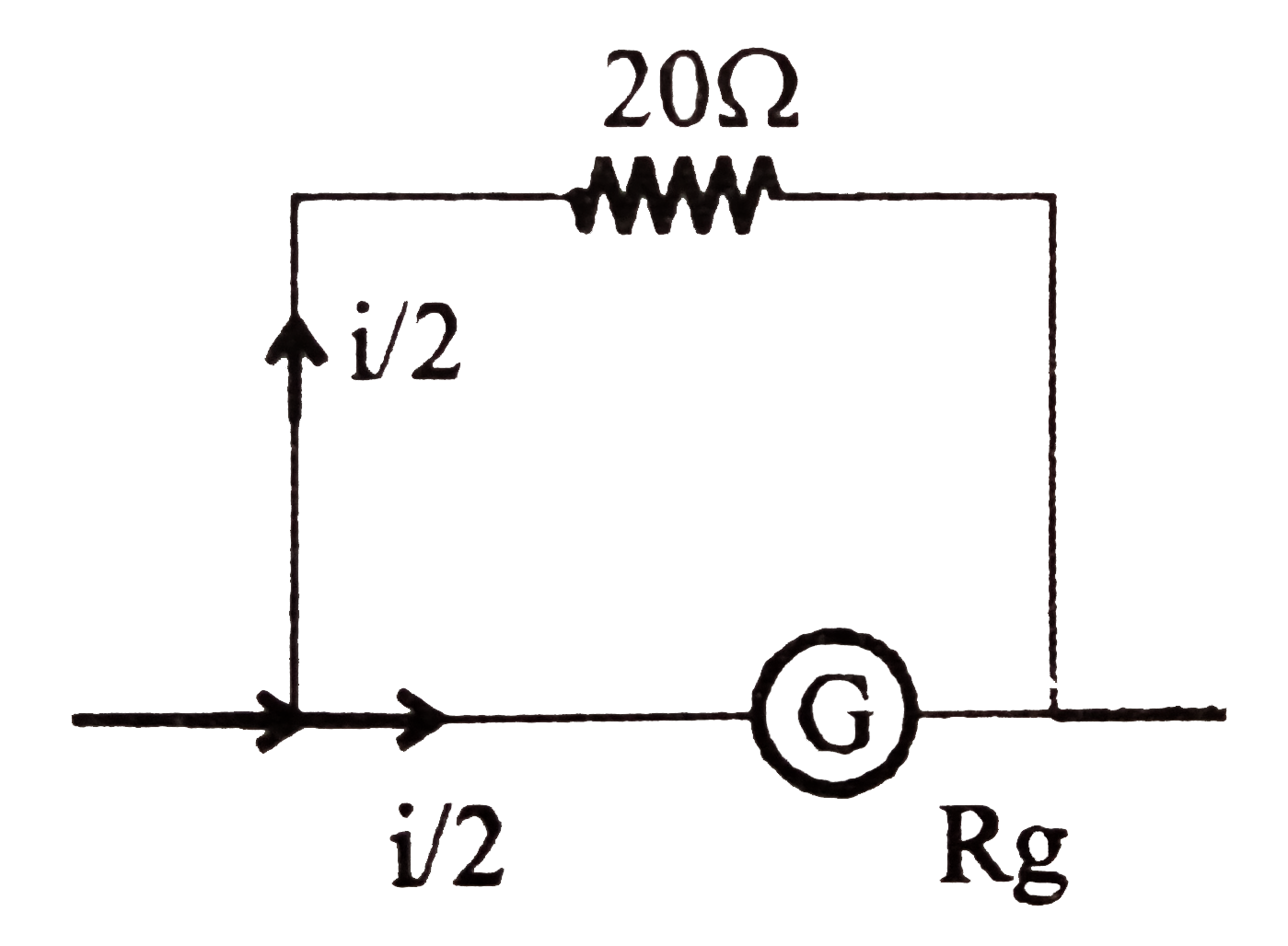When a shunt of 4Ω is attahced to a galvanometer, the deflection reduces to 15th. If an additional shunt of 2Ω is attached. What will be the deflection?
A
110 th of initial
B
113 th of initial
C
remains the same
D
none of these
Video Solution
|
Answer
Step by step video & image solution for When a shunt of 4Omega is attahced to a galvanometer, the deflection reduces to (1)/(5)th. If an additional shunt of 2Omega is attached. What will be the deflection? by Physics experts to help you in doubts & scoring excellent marks in Class 12 exams.
Updated on:21/07/2023
Related Playlists
Knowledge Check
- Question 1 - Select One
When a shunt of 4Ω is attahced to a galvanometer, the deflection reduces to 15th. If an additional shunt of 2Ω is attached. What will be the deflection?
A110th of initialB113 th of initialCremains the sameDone of these - Question 1 - Select One
In a galvanometer, the deflection becomes one half when the galvanometer is shunted by a 20Ω resistance is
 A5ΩB10ΩC40ΩD20Ω
A5ΩB10ΩC40ΩD20Ω - Question 1 - Select One
When a galvanometer is shunted with a 4Ω resistance the deflection is reduced to1/5. If the galvanometer is further shunted with a 2Ω wire the new deflection will be (assuming the main current remains the same)
A5/13 of the deflection when shunted with 4Ω onlyB8/13 of the deflection when shunted with 4Ω onlyC3/4 of the deflection when shunted with 4Ω onlyD3/13 of the deflection when shunted with 4Ω only - Question 1 - Select One
When a galvanometer is shunted with a 4Ω resistance the deflection is reduced to1/5. If the galvanometer is further shunted with a 2Ω wire the new deflection will be (assuming the main current remains the same)
A5/13 of the deflection when shunted with 4Ω onlyB8/13 of the deflection when shuntedwith 4ΩonlyC3/4 of the deflection when shunted with 4Ω onlyD3/13 of the deflection when shunted with 4Ωonly - Question 1 - Select One
The deflection in galvanometer falls to (14)th when it is shunted by 3Ω. If additional shunt of 2Ωis connected to earlier shunt in parallel, the deflection in galvanometer falls to
A12B(13)rdC(14)thD(18.5)th - Question 1 - Select One
When a galvanometer is shunted with a 4Ω resistance the deflection is reduced to1/5. If the galvanometer is further shunted with a 2Ω wire the new deflection will be (assuming the main current remains the same)
A5/13 of the deflection when shunted with 4Ω onlyB8/13 of the deflection when shunted with 4Ω onlyC3/4 of the deflection when shunted with 4Ω onlyD3/13 of the deflection when shunted with 4Ω only - Question 1 - Select One
When a galvanometer is shunted by 5 Ω resistance, the deflection is reduced to 1"/"6th of the original value. If galvanometer is further shunted with a resistance of 10Ωthe deflection (as measured from original value) will be
Areduce by 120Breduce by 130Creduce by 131Dreduce by 631 - Question 1 - Select One
The deflection in galvanometer falls to (14)th when it is shunted by 3 Ω. If additional shunt of 2 Ω is connected to earlier shunt, the deflection in galvanometer falls to
A12B(13)rdC(14)thD(18.5)th - Question 1 - Select One
A galvanometer shows a reading of 0.65 mA. When a galvanometer is shunted with a 4Ω resistance, the deflection is reduced to 0.13 mA if the galvanometer is further shunted with a 2Ω wire, the new reading will be (the main current remains the same)
A0.60mAB0.08mAC0.12mAD0.05mA

